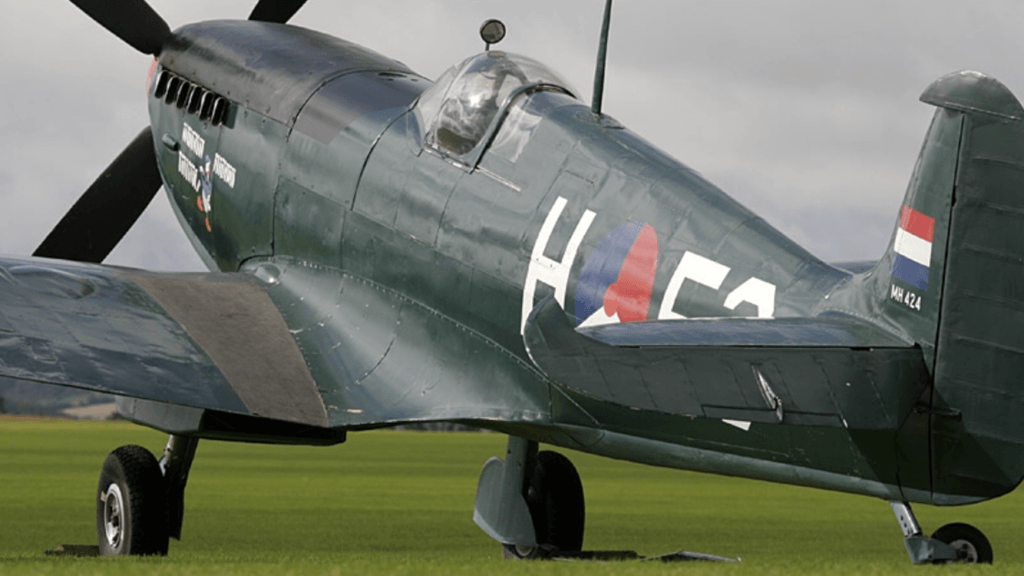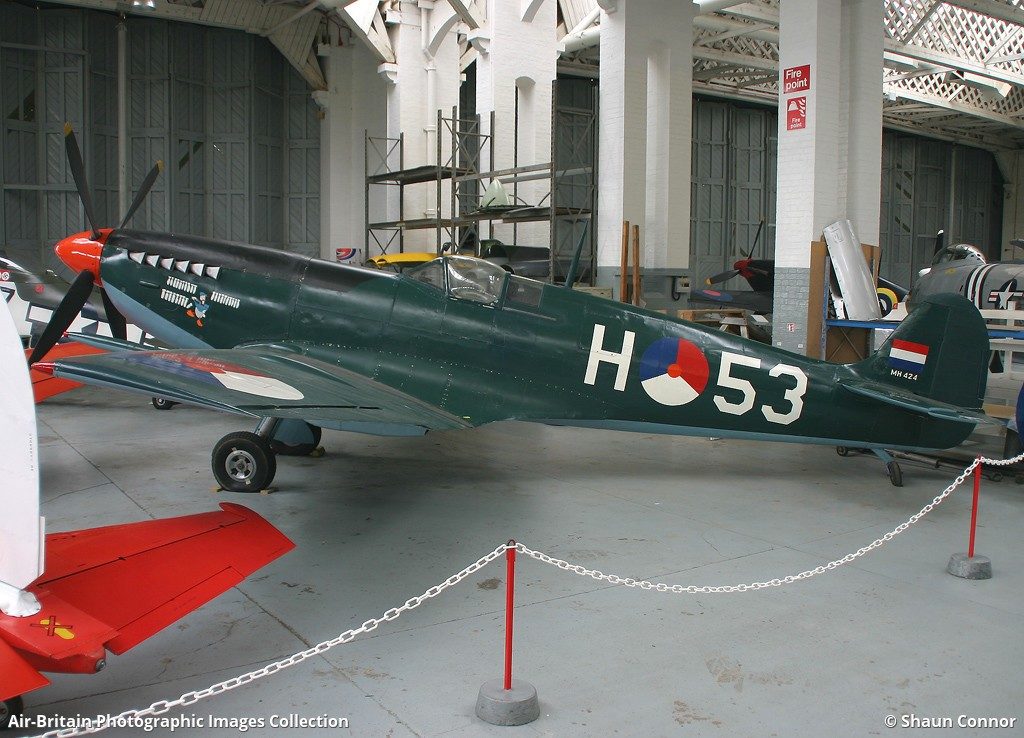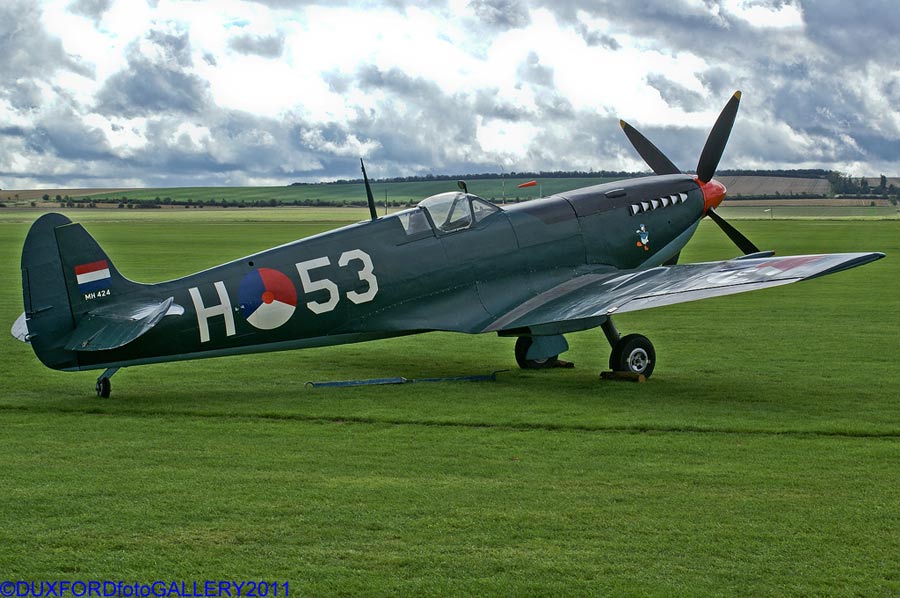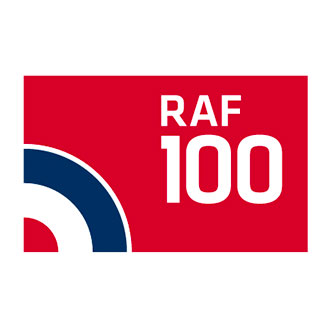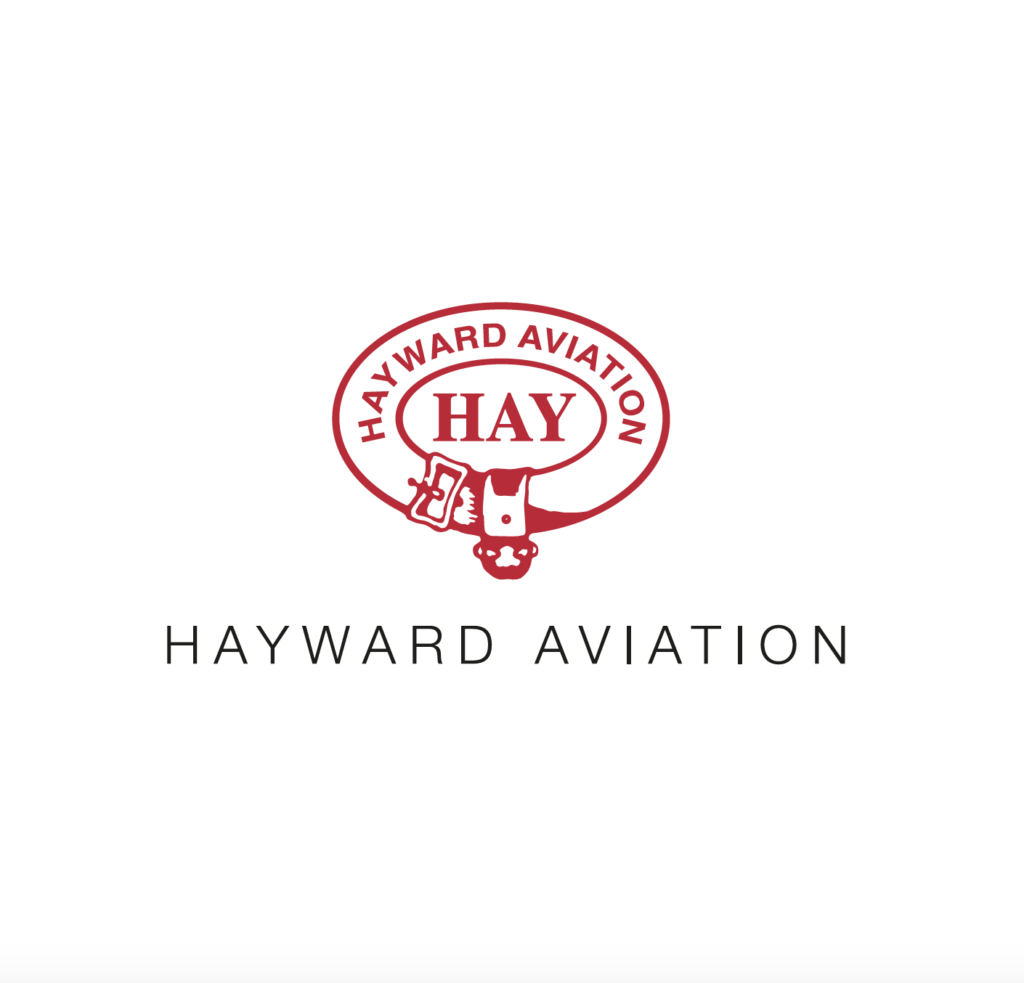MJ271 history
Background of The Spitfire
The Supermarine Spitfire is a British single-seat fighter aircraft that was used by the Royal Air Force and many other Allied countries before, during and after World War II. The Spitfire was built in many variants, using several wing configurations, and was produced in greater numbers than any other British aircraft. It was also the only British fighter to be in continuous production throughout the war.
The Silver spitfire
The Silver Spitfire is a Mk.IX Spitfire finished in polished aluminium with the guns removed. By ‘de-militarising’ the aircraft in this manner we aim to highlight the timeless beauty of its design. With a plane that is less provocative than one adorned with camouflage paint, we hope to broaden the appeal and reach of the project, and gain easier access to nations en route.
By presenting the aircraft in this beautiful ‘bare metal’ state we aim to highlight the beauty of the Spitfire’s timeless design, drawing attention to the unique and famous shape of the airframe.
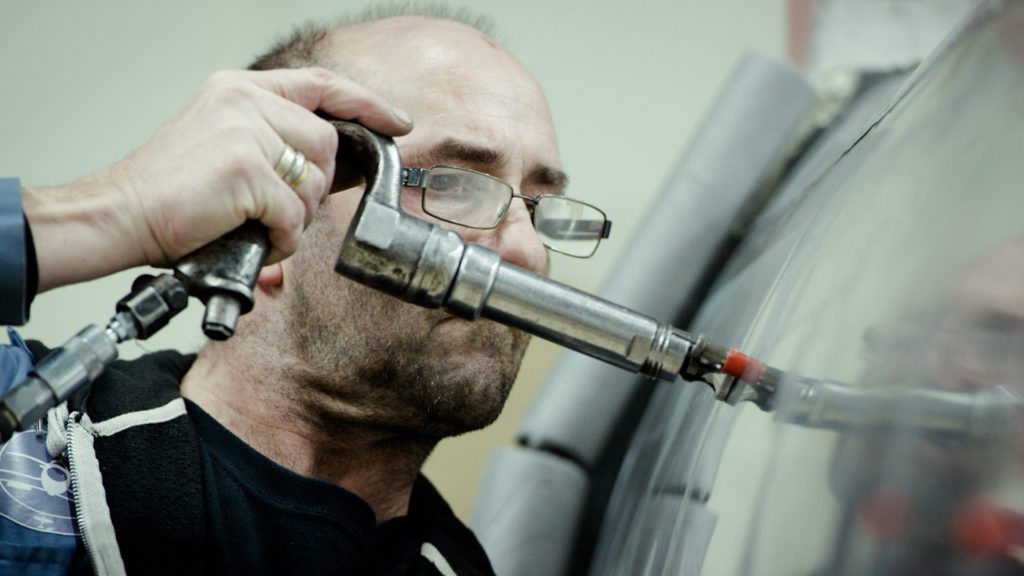
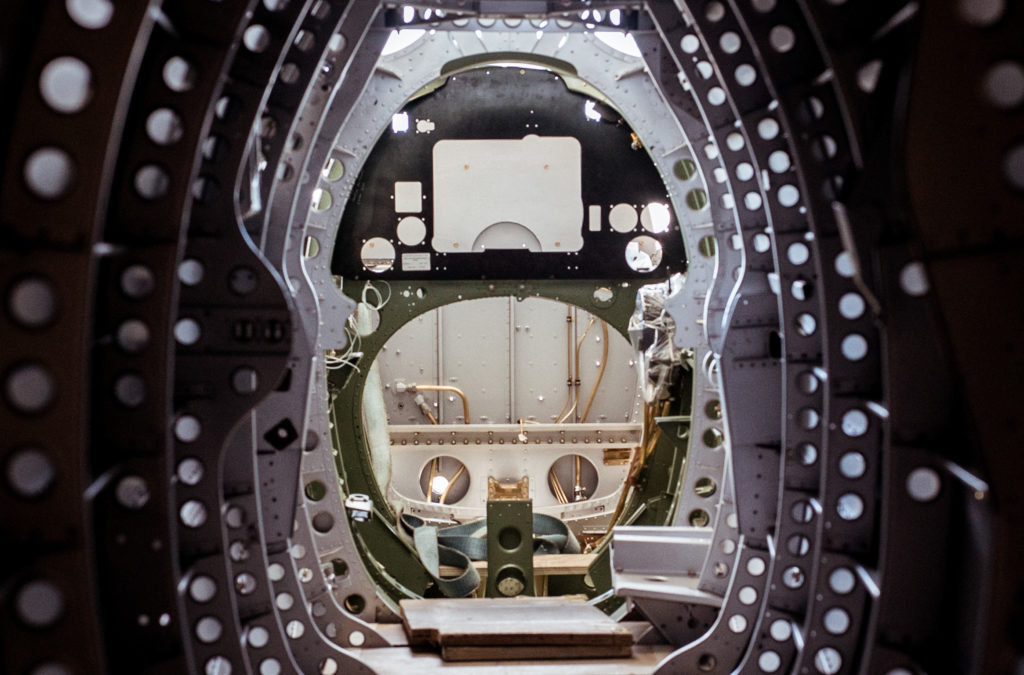
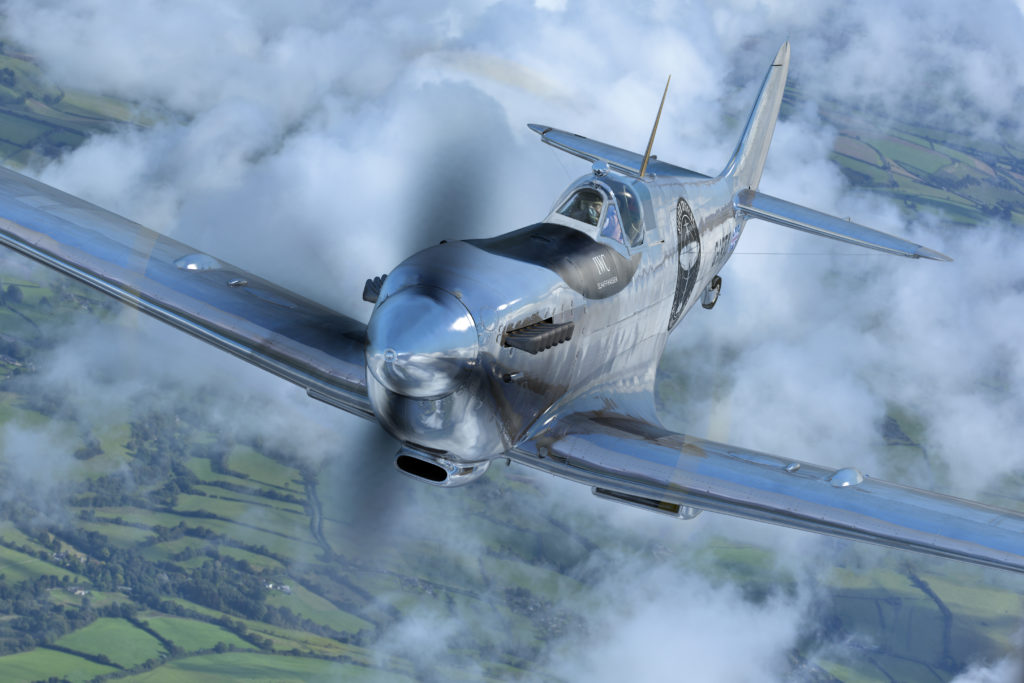
“The Silver Spitfire is one of the most original airworthy spitfires in the world”
1943
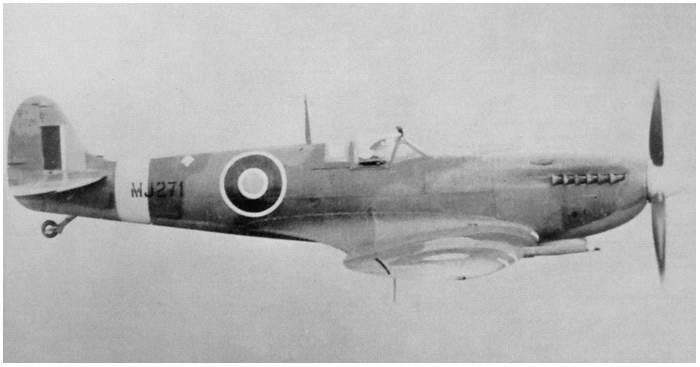
1944
“Spitfire MJ271 was flown during WWII by pilots from Australia, Canada, Norway, Trinidad and the United Kingdom”
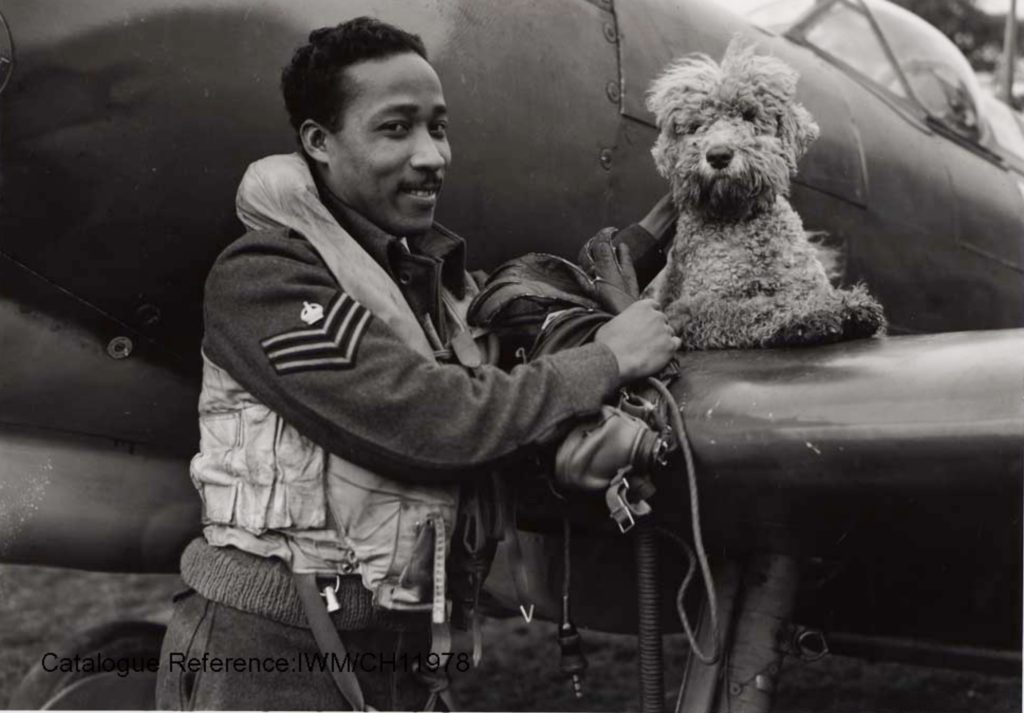
Repaired in Hamble
On May 15th she is moved to Hamble for repairs and readied for collection on July 24th. The Silver Spitfire then transfers to 39 Maintenance Unit at RAF Colerne on August 19th, 83 GSU at RAF Bognor on September 19th and lastly to RAF Westhampnett (home today to the Boultbee Flight Academy and known as Goodwood Aerodrome) with 83 GSU on November 4th.
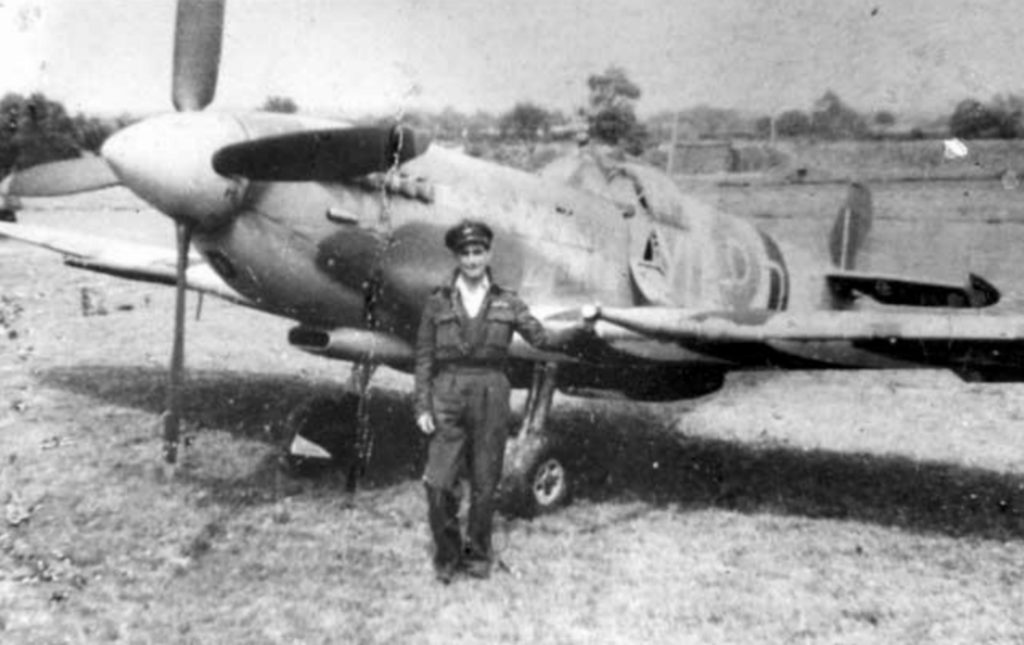
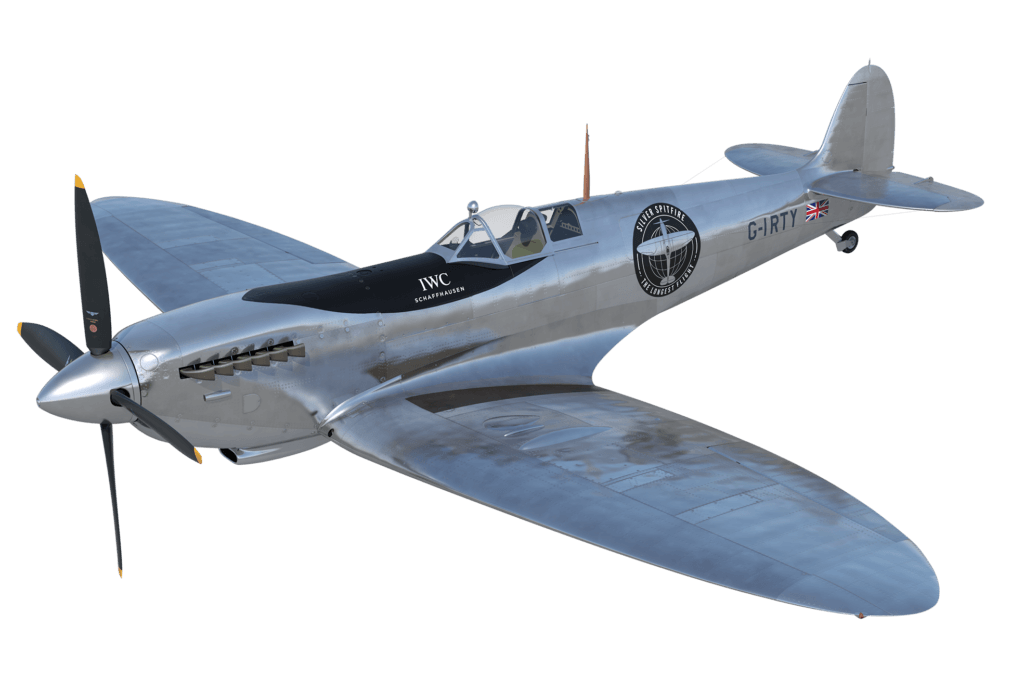
“I don’t want a thing touched.”
Mutt Summers, Supermarine Test Pilot
The Pinnacle of 1930s Aviation Technology and Design.
The Spitfire was designed as a short-range, high-performance interceptor aircraft by R. J. Mitchell.
Mitchell pushed the Spitfire’s distinctive elliptical wing (designed by B. Shenstone) to have the thinnest possible cross-section, helping give the aircraft a higher top speed than several contemporary fighters, including the Hawker Hurricane. Mitchell continued to refine the design until his death in 1937, whereupon his colleague Joseph Smith took over as chief designer, overseeing the development of the Spitfire through its multitude of variants.
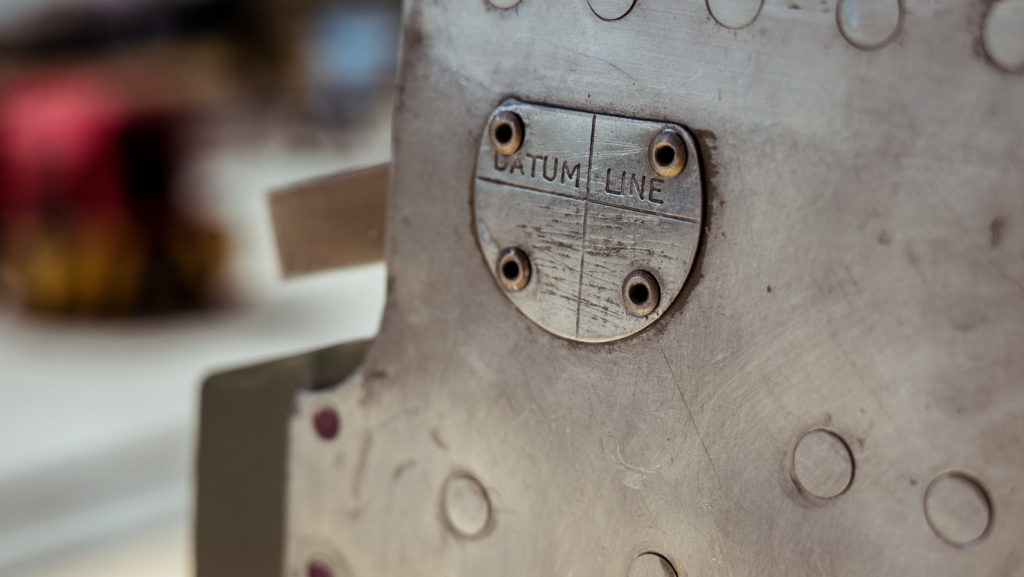
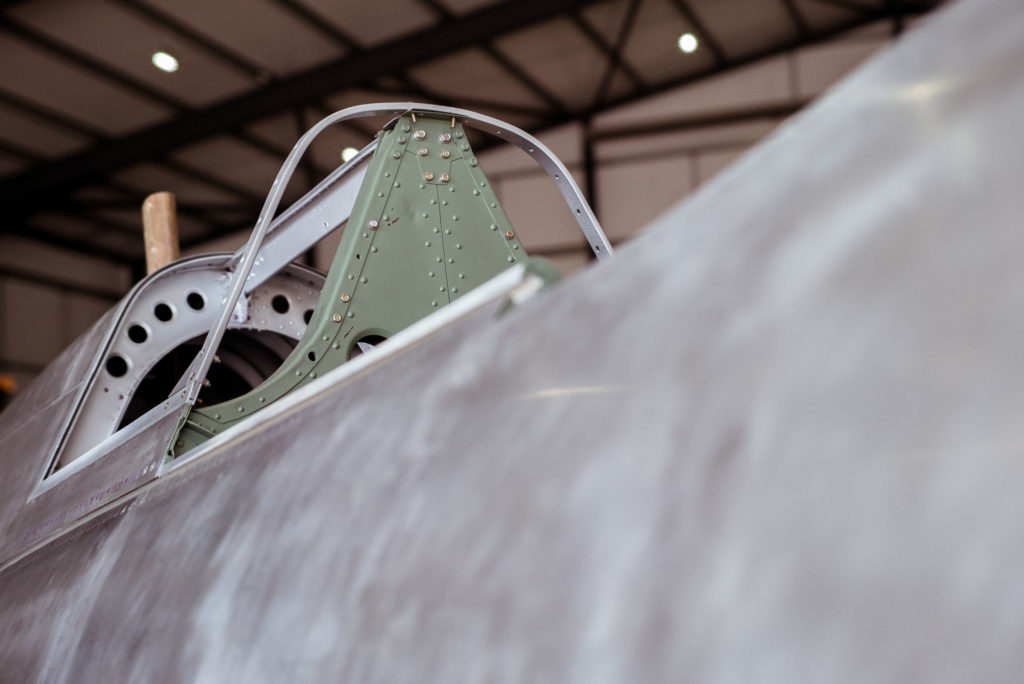
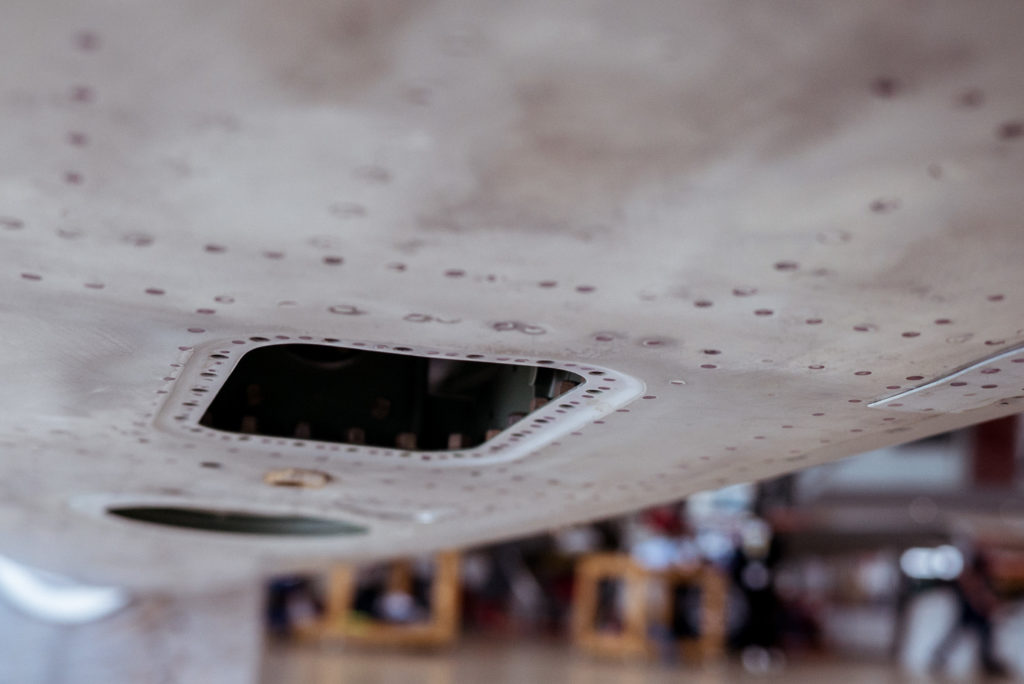
Aircraft facts
The Silver Spitfire is one of the most original airworthy Spitfires in the world.
Manufacturer:
Vickers Supermarine Ltd
Built:
1943 in Castle Bromwich, UK
Serial number:
CBAF IX 970
Historic registration:
MJ271
Modern registration:
G-IRTY
51 combat missions flown
Delivered from factory
On October 24th 1943 MJ271 is delivered from Castle Bromwich to 33 Maintenance Unit at RAF Lyneham.
From there she’s sent to 411, a Polish Repair and Salvage unit tasked with harmonising the guns and performing test flights before passing the aircraft on to an operational unit.

118 Squadron
118 was a fighter Squadron that spent much of its time flying fighter sweeps and escorting bombers over occupied Europe.
Delivered to the Squadron in February 1944 the aircraft sees action in 16 operational sorties from RAF Detling near Maidstone in Kent which inluded withdrawal cover and escort for B-24, B-17 and B-26 bombers attacking V1 launch sites as well as fighter sweeps over France.
132 Squadron
Formed in 1941 as a day fighter unit equipped with Spitfires 132 Squadron moved between defensive duties in Scotland and offensive duties in France from bases in the south of England.
MJ271 moved to 132 Bombay Squadron and followed the Squadron to RAF Ford in Sussex in April/May 1944.
She saw action in 28 operational sorties which included close escort for B-25 and B-26 bombers as well as dive bombing of targets on the French coast, before having a ‘wheels-up’ landing at RAF Ford during the night of May 9th 1944.
“…Twelve of us in [Spitfire] IXBs…were on an armed recce, before breakfast. An hour later I was a POW…”
1945 – Present
401 Squadron
401 Squadron were heavily involved in D-Day and the European offensive in 1944 operating in fighter-bomber, ground attack and armed reconnaissance operations.
The Spitfire moves with the Canadian pilots of 401 RCAF (City of Westmount) Squadron to the Netherlands on November 23rd at Volkel. After performing ten dive-bombing missions she is ‘over-stressed’ on December 24th and sent to RCAF 410 – a repair and salvage unit.
Delivered to RNAF
On June 21st 1945 MJ271 is delivered to 29 Maintenance Unit at High Ercall before passing on to the Royal Netherlands Air Force (RNAF) on November 25th the following year with the designation H-8, later becoming 3W-8, the designation she would wear for some 70+ years before rolling into a hangar at Duxford to begin the restoration which is transforming her into airworthy condition once again, ready to begin her next adventure as the Silver Spitfire.
